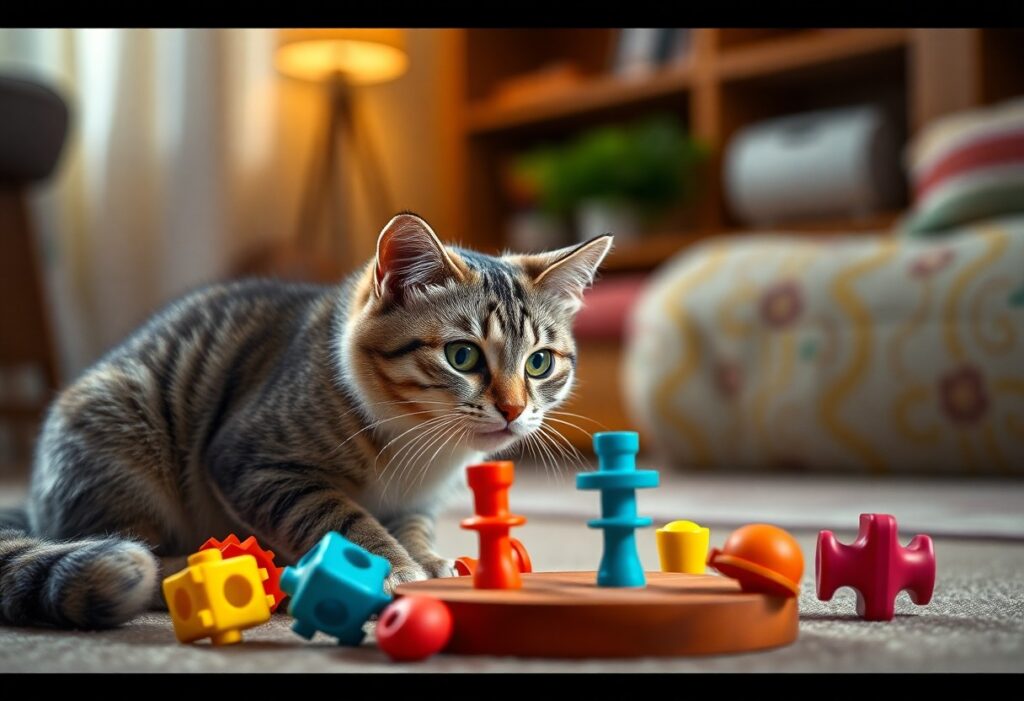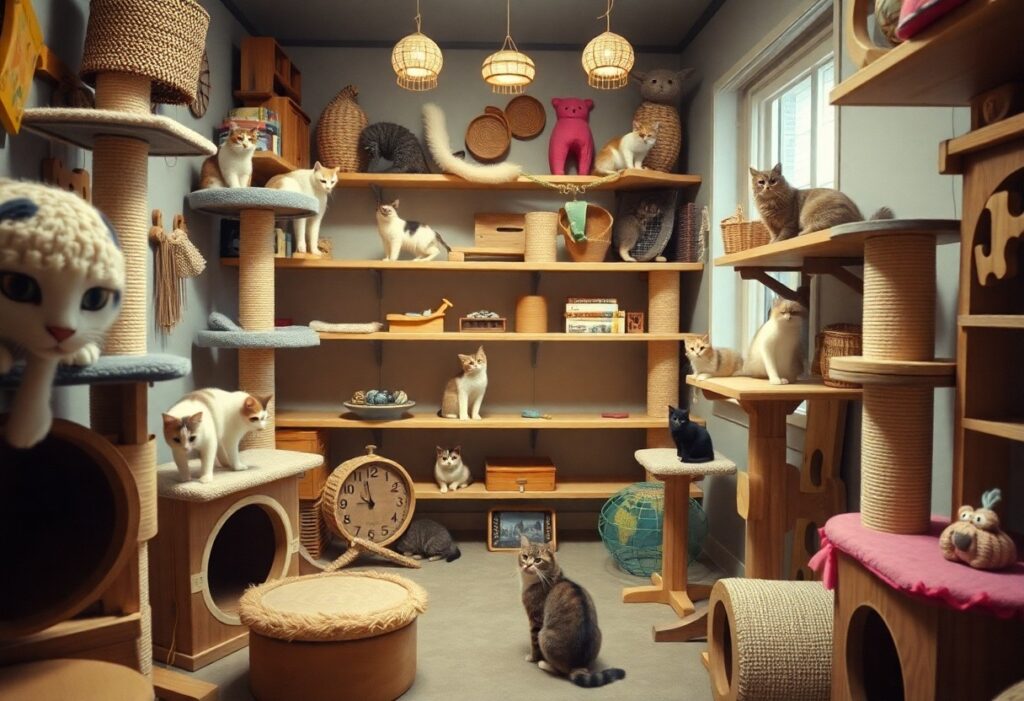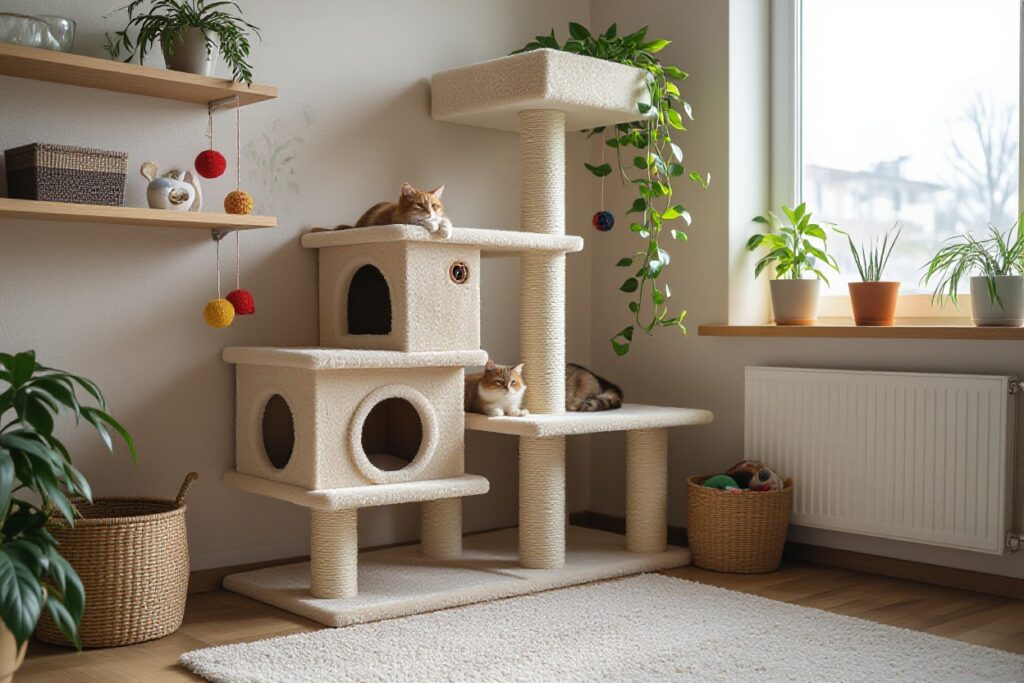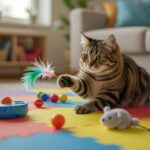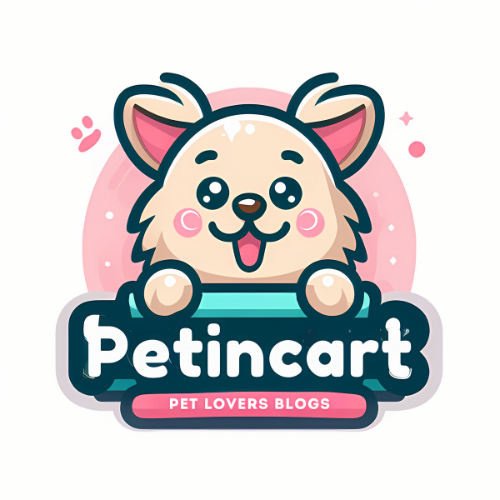Many cat owners struggle to keep their intelligent cats entertained indoors, leading to boredom and undesirable behaviors. By introducing interactive challenges tailored to your cat’s skills, you can foster both their mental and physical well-being. In this guide, you’ll discover innovative techniques and activities that will stimulate your cat’s mind, encourage healthy play, and strengthen your bond. With the right approach, you can transform your home into an exciting playground that satisfies your clever cat’s instincts and keeps them happily engaged.
Key Takeaways:
- Engage your cat’s natural instincts by providing a variety of interactive toys, such as puzzle feeders and treat-dispensing balls, to stimulate mental and physical activity.
- Create an engaging environment by setting up obstacle courses and hiding spots using household items, encouraging your cat to explore and solve challenges.
- Rotate toys and activities regularly to maintain your cat’s interest and prevent boredom, ensuring they remain mentally stimulated over time.

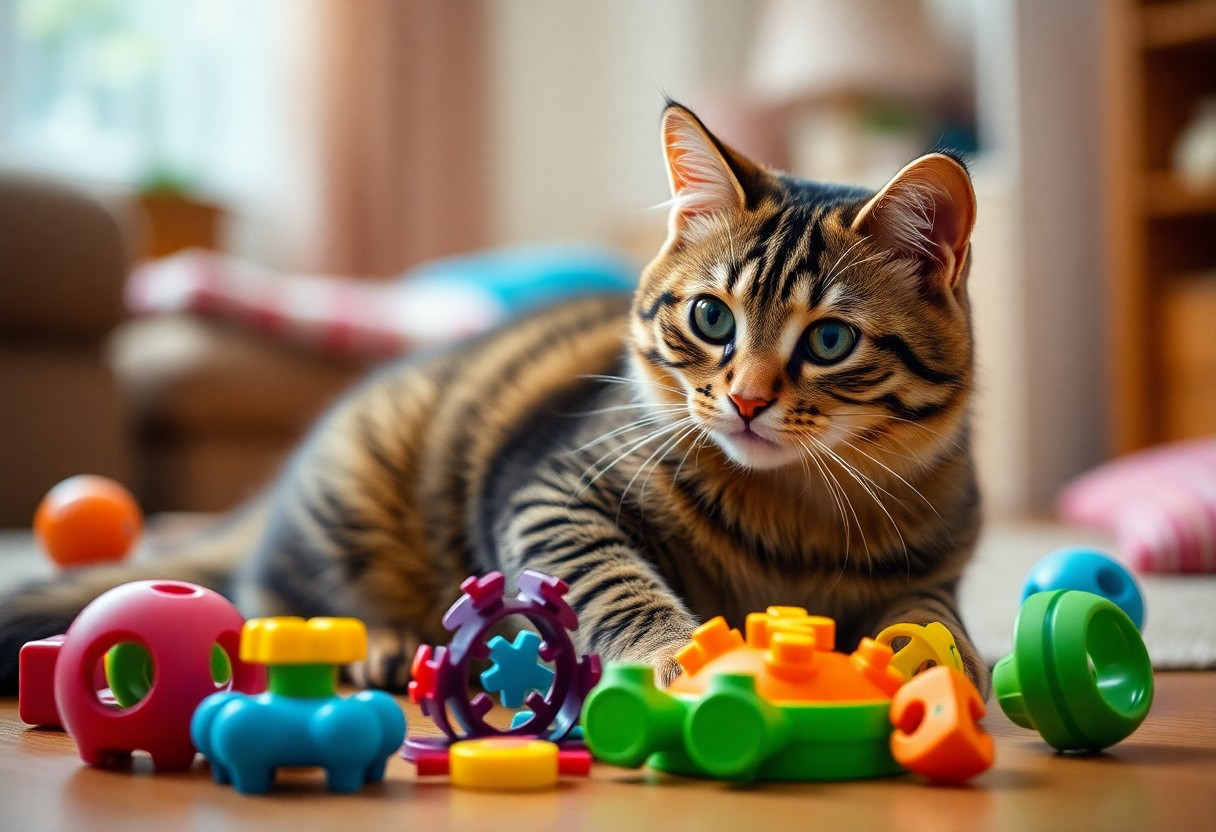
Understanding Your Cat’s Behavior
For you to effectively stimulate your clever cat, it’s necessary to understand their unique behaviors. Each cat has distinct personality traits that influence how they interact with their environment. Observing your cat’s responses can provide insight into what challenges will engage them best and foster mental stimulation.
Factors Influencing Playfulness
With various influences affecting your cat’s playfulness, understanding these factors can enhance your interactive experiences. Consider the following elements:
- Age: Kittens tend to be more playful compared to older cats.
- Breed: Some breeds are naturally more active and curious.
- Health: Health issues can affect your cat’s energy levels and willingness to play.
- Environment: A stimulating environment encourages your cat to engage in play.
Any changes in these factors may prompt you to adjust your approach to playtime.
Identifying Your Cat’s Preferences
Cats have unique personalities that reflect their preferences and playstyles. You should observe your cat while they engage in different activities and take note of their reactions. Preferences can vary widely from chasing feather toys to interactive puzzles or even simple cardboard boxes.
To effectively stimulate your cat, consider what excites them. Pay attention to outcomes that make them playful—whether they enjoy hunting behaviors, solving puzzles, or using their sense of smell. Experimenting with various toys and activities will help you uncover what your cat finds most engaging and enjoyable. Be cautious of using toys with small parts, as they can pose choking hazards. Fostering your cat’s preferences will lead to more fulfilling and stimulating play sessions.
Interactive Toys and Tools
Even the cleverest cats need stimulation to keep their minds sharp and to prevent boredom. Interactive toys and tools are perfect for engaging your feline friend in fun, challenging ways. From puzzle feeders to laser pointers, these toys promote exercise, encourage problem-solving, and strengthen the bond between you and your cat. By incorporating a variety of toys into your cat’s routine, you’ll ensure that they remain both entertained and mentally engaged.
Choosing the Right Toys
Little kitties have different preferences and play styles, so it’s important to select toys that cater to their interests. You can start by observing what your cat enjoys most—whether it’s chasing, hunting, or solving puzzles. Invest in a range of interactive toys, such as feather wands, treat-dispensing puzzles, or electronic toys that mimic the movement of prey, to find the right fit and keep playtime fresh and exciting!
DIY Challenge Ideas
For those who enjoy crafting and want to customize challenges for their cats, homemade interactive toys can be an excellent option.
Challenge your creativity by crafting unique toys using items you already have at home. You can create a simple puzzle feeder by cutting holes in a plastic container and filling it with your cat’s favorite treats; this encourages them to work for their food. Another option is to fashion a ‘fishing pole’ toy by attaching a feather or a string to a stick, providing endless entertainment as your cat tries to catch their prey. Always ensure that the materials you use are safe and non-toxic, avoiding any small parts that could pose a choking hazard. Engaging in DIY challenges not only gives you the chance to bond with your feline companion but also allows you to tailor the activities to your specific cat’s interests.
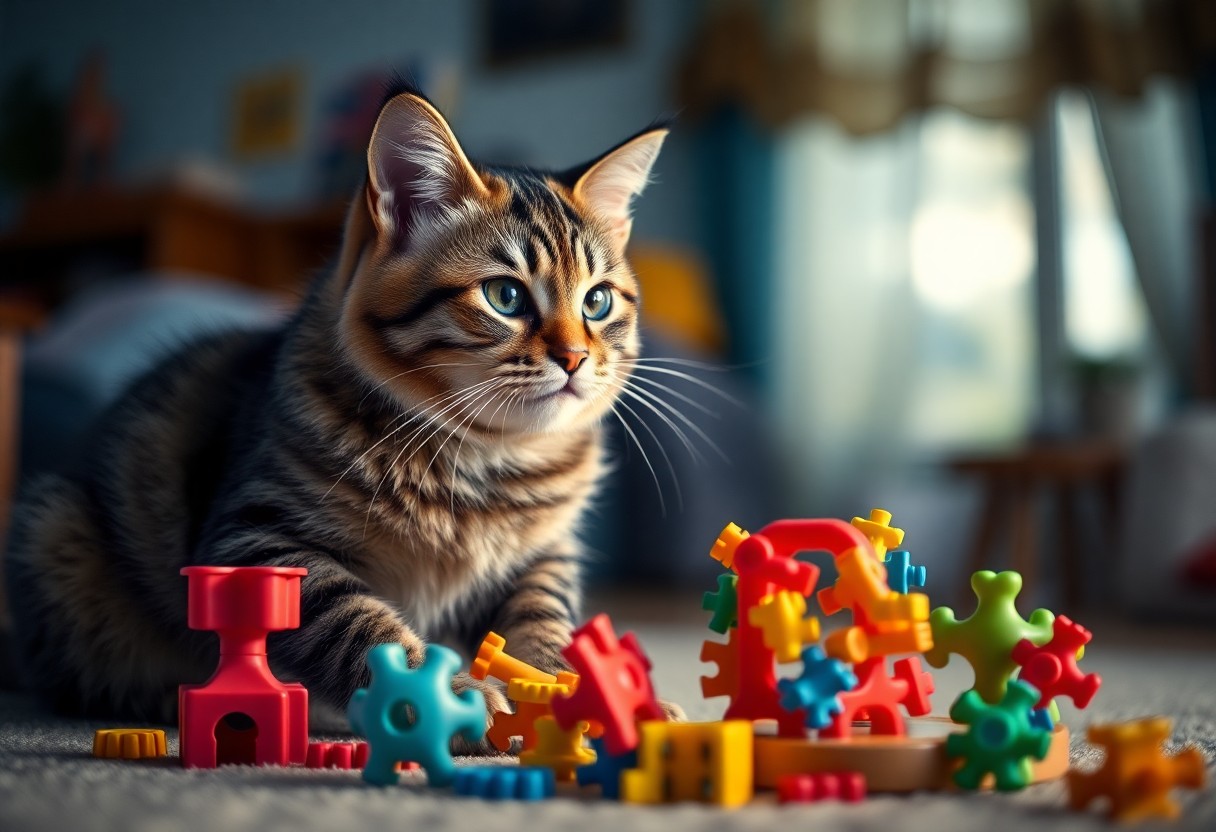
Creating a Stimulating Environment
Unlike traditional environments that offer limited engagement, creating a stimulating space for your clever cat encourages exploration and play. You can achieve this by incorporating various elements such as climbing structures, diverse textures, and interactive toys, all while ensuring that your home remains a safe haven. By prioritizing your kitty’s physical and mental needs, you’ll foster an enriching atmosphere in which they can thrive.
Safe Exploration Spaces
One way to provide your cat with stimulating experiences is by creating safe exploration spaces. Designate areas in your home where your cat can investigate freely, such as cozy corners or secured shelves filled with intriguing items. This promotes not only their curiosity but also encourages active play and mental stimulation.
Incorporating Vertical Spaces
An effective method to enrich your indoor environment is by incorporating vertical spaces. Cats naturally seek heights for both safety and observation, so providing cat trees, shelves, or wall-mounted perches allows them to fulfill that instinct while enjoying a new perspective.
The addition of vertical spaces not only keeps your cat entertained but also enhances their overall well-being. Cat trees and shelves not only serve as climbing structures, but they also provide strategic vantage points for your feline friend. This encourages exercise and promotes healthy weight management, as they will naturally explore their surroundings from different heights. Additionally, it’s necessary to use sturdy materials to ensure their safety. You can personalize these spaces with soft bedding and toys to create appealing resting spots, making your home an engaging playground for your clever cat.
Engaging Play Techniques
Once again, you can enhance your cat’s mental stimulation through engaging play techniques. Incorporate interactive toys, such as feather wands and laser pointers, to encourage your cat to chase and pounce, mimicking their natural hunting instincts. Rotating these toys frequently keeps the novelty alive, preventing your clever cat from losing interest. You can also create a play area that encourages exploration, utilizing tunnels or hideaways, for added excitement and interaction.
Tips for Interactive Play
Any successful play session relies on variety and engagement. Here are some helpful tips for you:
- Choose different types of toys to keep your cat intrigued.
- Incorporate treats as rewards during play.
- Utilize feather wands for a hands-on experience.
- Engage your cat in short bursts of play to maintain their excitement.
This keeps their mind sharp and their body active.
Scheduling Playtime
Now, it’s important to establish a routine for playtime to help your cat stay physically and mentally stimulated. Dedicate specific times each day for interactive play, ideally when your cat is most active, such as in the early morning or evening.
For instance, if you notice your cat becomes particularly lively after meals, consider scheduling playtime shortly after feeding. Incorporating regular play into your daily routine helps your cat’s physical well-being and can alleviate potential behavior issues due to boredom. Also, ensure these sessions last between 15 to 30 minutes, as long play could lead to fatigue. Prioritize safety by avoiding any toys or activities that pose risks of injury, ensuring your playtime experience is both fun and safe.
Monitoring and Adjusting Challenges
After implementing interactive activities for your cat, it’s imperative to monitor their responses and make necessary adjustments. Regular observation will help you determine which challenges are effectively stimulating your cat and which may be causing frustration or disinterest. Keeping track of their behavior and engagement levels allows you to fine-tune the experiences, ensuring they remain both engaging and enjoyable for your clever feline.
Assessing Your Cat’s Response
There’s no one-size-fits-all approach when it comes to your cat’s reactions to challenges. Pay attention to their body language, vocalizations, and overall behavior during each activity. If your cat seems overly stressed or disinterested, it might be time to reassess the difficulty level and adjust the challenge to better suit their personality and energy levels.
Modifying Activities for Increasing Engagement
With each interactive challenge, adapting them based on your cat’s preference can enhance their overall experience. It’s about finding the right balance between challenge and enjoyment for your furry friend.
A great way to enhance engagement is by introducing variety in the activities to prevent monotony. Instead of sticking to one type of puzzle feeder, consider rotating different models or styles, such as mazes or treat balls. Gradually increasing the difficulty can also keep your cat stimulated. For instance, once they master a simple puzzle, try a more complex design. Be mindful of your cat’s reactions; if they become frustrated, simplify the challenge again. Adjusting based on their feedback not only helps to keep them engaged but also fosters a sense of accomplishment.
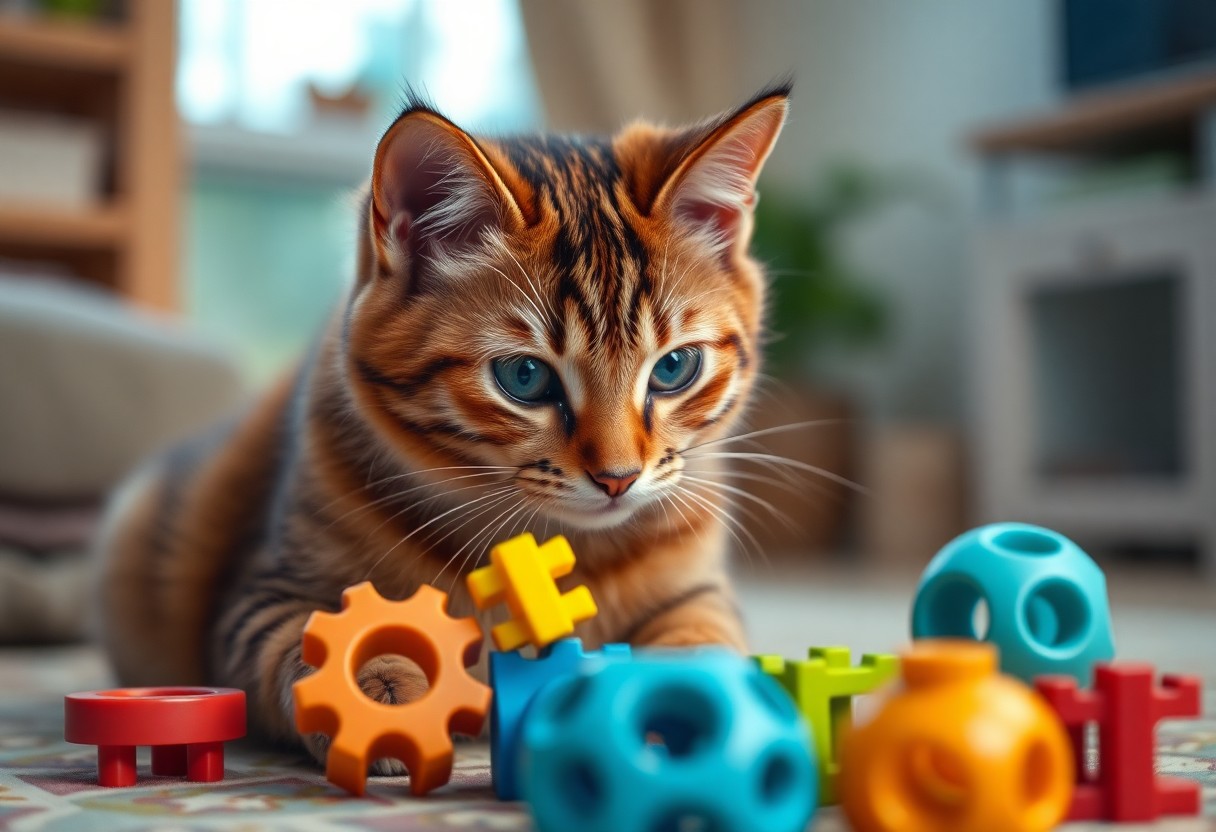
Benefits of Mental Stimulation
To keep your cat happy and engaged, incorporating interactive challenges provides invaluable mental stimulation. Regularly engaging in these activities can prevent boredom, reduce unwanted behaviors, and enhance their overall quality of life. Keeping your clever feline mentally sharp encourages problem-solving skills and creativity, ensuring they remain healthy and active companions.
Impact on Behavior and Health
Stimulation plays a significant role in enhancing your cat’s behavior and health. By engaging them in stimulating activities, you can minimize issues such as anxiety, destructive behavior, and obesity. A well-stimulated cat tends to be more balanced and exhibits less aggression, leading to a more harmonious household.
Strengthening Your Bond
Strengthening your connection with your cat is another important benefit of mental stimulation. Introducing interactive challenges allows you to engage in cooperative play, fostering trust and affection between you and your pet. When you work together to solve problems or achieve goals, your bond deepens, resulting in a more fulfilling relationship.
Behavior is impacted positively as you engage in stimulating activities with your cat, reinforcing mutual trust and increasing their attachment to you. Through interactive play, your cat gains confidence and learns to rely on you for support, which enhances their emotional well-being. More engagement equals stronger bonds, leading to a more content and affectionate companion. By dedicating time to these activities, you actively show your cat that they are valued and loved, which profoundly influences their happiness and behavior.
To wrap up
Following this guide will help you keep your clever cat mentally stimulated and engaged with a variety of interactive indoor challenges. By incorporating puzzle toys, DIY games, and enriching play sessions into your daily routine, you can enhance your cat’s well-being and satisfy their natural instincts. Pay attention to your cat’s preferences and adjust the activities accordingly to ensure they remain fun and rewarding. Ultimately, a stimulated cat leads to a happier and healthier companion in your home.
FAQ
Q: What types of interactive indoor challenges can I create for my cat?
A: There are numerous types of interactive indoor challenges you can set up to engage your clever cat. Some ideas include puzzle feeders that require your cat to solve a problem to access treats, homemade obstacle courses with various textures and heights for climbing, and interactive toys that dispense treats as your cat plays. You can also hide toys or treats around the house for your cat to find, turning your home into a mini scavenger hunt.
Q: How can I make puzzle toys more appealing to my cat?
A: To enhance the appeal of puzzle toys, start by filling them with your cat’s favorite treats or kibble. You can gradually increase the challenge by adjusting the difficulty level. Initially, make it easy for your cat to succeed by using larger openings or softer materials. As your cat becomes more accustomed to the toy, increase the complexity. Additionally, try rotating different toys to keep stimulation high and maintain their interest over time.
Q: What are some signs that my cat enjoys the indoor challenges I set up?
A: If your cat is enjoying the indoor challenges, you may notice several positive behaviors. Look for playful behavior such as pouncing, batting at toys, and climbing. Your cat may also exhibit curiosity by exploring new environments or items you introduce. Signs of joy can include purring, kneading, and actively seeking engagement with you during playtime. If your cat brings you toys or seeks out new challenges, they are likely enjoying the activities.
Q: How often should I provide interactive challenges for my cat?
A: To keep your cat mentally stimulated, aim to provide interactive challenges daily. However, the frequency can depend on your cat’s activity level and personality. If your cat seems bored or restless, introduce challenges more frequently. Conversely, if your cat appears overwhelmed, reduce the number of activities and space them out throughout the week. A good balance is to include a mix of mental and physical challenges to cater to your cat’s overall well-being.
Q: Can stimulating challenges help with behavioral issues in cats?
A: Yes, interactive challenges can play a significant role in reducing behavioral issues in cats. Boredom or lack of stimulation can lead to destructive behaviors, such as scratching furniture or excessive meowing. By providing engaging challenges, you help satisfy your cat’s natural instincts and energy levels, which can minimize these issues. Additionally, mental stimulation can lead to improved mood and a better bond between you and your feline friend.
